The World Stock Exchange (WSE) is a SL business that tends to garner a lot of attention. As the only stock exchange its role in the financial life of SL is significant. And like any institution involved in finance, contention is easy to find about that institution’s role in the broader community.
First, some context. Luke Connell is an Australian who is known as LukeConnell Vandeverre in-world. He is Managing Director of Hope Capital and runs WSE. Additionally, a virtual World Trade Centre (WTC) has been created, as reported by the Second Life Herald this week. The WTC project has generated a great deal of interest and controversy given the real-life events affecting the New York-based WTC.
We caught up with Luke Friday evening for an in-depth interview.
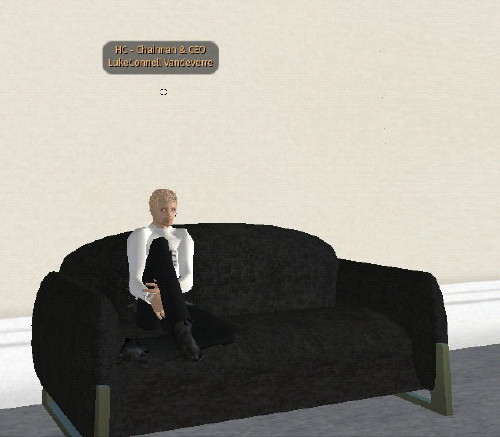
Lowell Cremorne: To start off, can you give a potted history of yourself?
LukeConnell Vandeverre: I grew up in the eastern suburbs of Melbourne, Australia. I left school at 14 years of age to become self educated after being told I wasn’t allowed to participate in the business and accounting classes due to my age. I spent most of the time from 14 – 18 years of age just finding my way around the world of business, the terms, key areas and reviewing many opportunites that were and still are in the market both nationally and globally.
Lowell Cremorne: So have you completed studies since then?
LukeConnell Vandeverre: I’m self educated with the information necessary to assist me in achieving my goals.
Lowell Cremorne: Ok, so how did you educate yourself in economics / finance / business? They’re not easy areas to pick up.
LukeConnell Vandeverre: I completed most of a university assignment on Ethics and Corporate Governance for a friend studying at RMIT and he said that the work got a D, which at first I thought meant bad but in actual fact it meant that my work got a distinction.
Lowell Cremorne: (laughs) True, it is a distinction. What did you learn about corporate governance from that? Given you’re running a stock exchange, corporate governance is pivotal – what model of governance are you using?
LukeConnell Vandeverre: There isn’t a model for governance, simply common sense and in an emerging market that has in many ways been developed from scratch by myself both morally and conceptually. It has many areas that need to be improved yet, but that can only happen with time as some changes require the assistance of third parties.
Lowell Cremorne: Ok fair enough – what sort of third parties do you envisage will need to play a role?
LukeConnell Vandeverre: Linden Research and myself will have to begin working closely to ensure that the market grows along with the Second Life economy while also minimising the risk of clear in-world fraud.
Lowell Cremorne: That’s the reason I asked about corporate governance – without a detailed approach from WSE aren’t Linden Labs going to be a little concerned on your ability to mitigate risk in regard to fraud?
LukeConnell Vandeverre: Obviously there will need to be a detailed plan however this is a new market and we are still watching the market to see what areas can be improved on in order to draft up the appropriate plan. This isn’t real life and it isn’t a real market and therefore the approach to minimising, preventing and tackling fraud has to be approached differently to real life.
Lowell Cremorne: How do you feel virtual fraud differs?
LukeConnell Vandeverre: Well for a start, fraud is deceit, trickery, or breach of confidence, perpetrated for profit or to gain some unfair or dishonest advantage in a virtual world using a fictional currency.
Lowell Cremorne: Yep for sure – what I’m interested in is your assertion that fraud is ‘different’ in SL – aside from the currency differences, wouldn’t fraud prevention methodology essentially be the same for a company? The reason I’m asking these questions is the central role WSE plays in regard to stock trading in SL – any company or investor will have concerns around fraud, risk mitigation, corporate governance etc and may have concerns that the only security is the claim of a ‘common sense’ approach.
LukeConnell Vandeverre: I have to stress that this cannot be taken too seriously by people as it is a fictional market with virtual companies built on avatars using a fictional currency and therefore the expectation of real life governance within a short time is not possible. It is the investors responsibility to decide what to do and don’t do with their Lindens.
Lowell Cremorne: But given the reporting today of the SL World Trade Centre deal you’ve done – you’re talking significant amounts of real money. And yes, investors do need to make their own decisions, but surely you’d agree there’s no basic security being offered by WSE around governance and the like?
LukeConnell Vandeverre: On the contrary i’m not taking any real world money. It’s Lindens. There is security – we have the WSE Listing Rules to minimise fraud and it has worked rather well, a WSE Constitution which oversees the obligations by companies and the shareholder rights and we have the Terms of Service which lays out the risks.
Lowell Cremorne: Well I won’t dwell on that point any longer then – can you tell me about the WTC deal? It sounds exciting.
LukeConnell Vandeverre: There’s nothing I can really say that wasn’t in the Hope Capital Report or the WTC Press Release. Would you have questions related to something not in there?
Lowell Cremorne: Well, the only one would be the quote from Shaun Altman around not being consulted on the HCL transaction in regard to the WTC – what would your response be to that?
LukeConnell Vandeverre: Shaun Altman did not need to be consulted on this transaction as it is the responsibility of management to make the executive decisions regarding all matters of the company. For example, upon paying Shaun Altman 12,500,000 shares in HCL for his share of the WSE, the existing shareholders at the time were also not consulted however there were no complaints, only support. The dilution of equity was far greater during that transaction than the small amount used to acquire the WTC Project. Shaun Altman didn’t like the WTC Project deal because it made the company less attractive to a potential buyer who decided not to purchase most of his shares after the deal in what was to be a transaction organised off market.
Lowell Cremorne: Ok – in both cases – in RL isn’t it fairly standard practice for the management of a company to at least inform stock holders (via the stock exchange or directly) of their intentions prior to such a large deal?
LukeConnell Vandeverre: The normal practice in RL is to follow the constitution and rules which Hope Capital did.
Lowell Cremorne: True, though the ASX for example has reporting requirements and while I’m no compliance expert, wouldn’t a large deal like that fall within reporting requirements? Let’s use the current QANTAS takeover as a parallel.
LukeConnell Vandeverre: There is no rules for the WSE saying that I had to make any announcements prior to the transaction.
Lowell Cremorne: I have no doubt WSE doesn’t have that rule, I was just interested in the RL / SL comparison and whether you felt that level of reporting would ideally occur.
LukeConnell Vandeverre: You can compare the ASX, SEC, ASIC or WSE however they are completely different and are setup to cater for different markets and environments. RL is RL and this is SL not real
Lowell Cremorne: Let’s move on – what do you hope to achieve in SL in the next year?
LukeConnell Vandeverre: I intend to continually improve the SL operations of the WSE and Hope Capital in order to provide a more realistic trading and regulatory environment that encourages continued growth of the WSE and SL economy through increased economic activity.
Lowell Cremorne: And the WTC project is likely to be Hope Capital’s main RL dollar earner?
LukeConnell Vandeverre: They are completely different investments in order to help Hope Capital Ltd achieve its objectives. The WSE is a far more profitable business than the WTC. Profit isn’t the main focus for the World Trade Centers but rather a strategic acquistion.
Lowell Cremorne: And the strategy behind the acquuisition is?
LukeConnell Vandeverre: The strategy is to drive economic growth and awareness of SL.
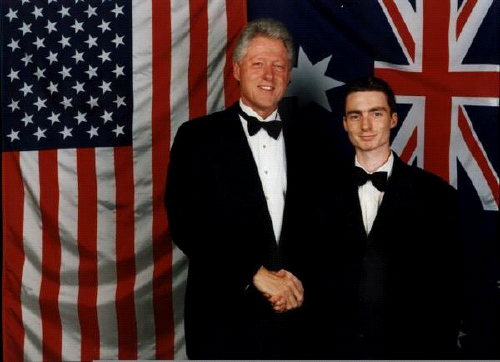
Lowell Cremorne: A totally different question – have you had mostly support, resistance or a mix of both to your operation from businesses in SL?
LukeConnell Vandeverre: I’m confident that over 90% of HCL shareholders support my operations and I have many friends and associates throughout SL that also support our operations.
Lowell Cremorne: Do you get many ‘knockers’ in your dealings?
LukeConnell Vandeverre: The major reason for the significan’t decline in the HCL share price is a direct result of the large number of HCL shares sold by Shaun Altman over the past 2-3 weeks. Do you mean am I getting approached with business opportunities in my position?
Lowell Cremorne: I haven’t actually followed the share price, it was more a general question for any business person with a monopoly on how much dissent you receive in-world.
LukeConnell Vandeverre: In my opinion it’s in the best interests of the SL economy to have one serious virtual exchange right now. There will also be a small minority with loud voices who will work against the major corporation in any economy, except in SL they can get their message to more people within a short time. It’s also easier for someone with malicious intent to make false or misleading allegations about an SL company with the aim to have a negative impact on the share price and market sentiment.
Lowell Cremorne: Have you had issues with that sort of thing?
LukeConnell Vandeverre: most prominent individuals, avatars or major companies in RL or SL have such issues.
Lowell Cremorne: True – what would you say to (a) a potential investor and (b) a company interested in listing to convince them they’re making a sound investment decision. Particularly for the investor, how do they know the listed companies have been vetted and actually exist?
LukeConnell Vandeverre: I don’t tell anyone how to invest full stop, I can only speak for myself and the operations I run directly. The investors know exactly the same information as me, what’s freely available in the Avatar profile, what the CEO tells us and what’s registered in the SL groups.
Lowell Cremorne: That’s the core of my question – does WSE do any vetting of companies to determine their abiity to generate returns for shareholders? I know you have an application process etcetera..
LukeConnell Vandeverre: The WSE doesn’t make the decisions of which company is or isn’t a good investment, thats up to the market to decide. The WSE makes sure that companies listed meet the listing rules.
Lowell Cremorne: Ok – I was just getting at the issue of a new investor having faith in the WSE itself – if you end up with a market listing full of unviable companies, doesn’t that affect the reputation of the WSE?
LukeConnell Vandeverre: Yes, however the IPO process will remove most of those companies that people don’t want to invest in 🙂 And I won’t approve IPO applications if there isn’t sufficient information in the application. Determining who is and isn’t a viable business is something that each investor decides, not the WSE as all investors have their own opinions.
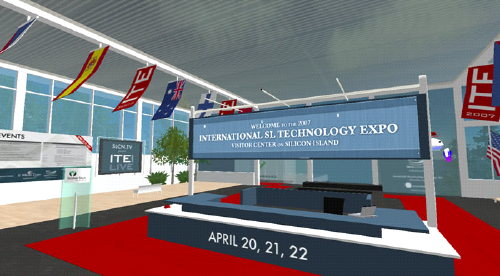
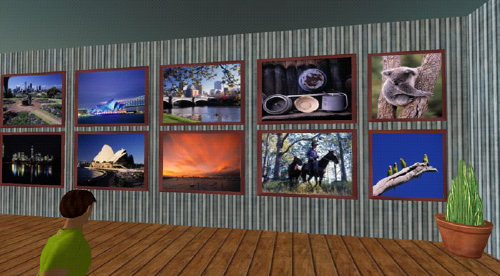
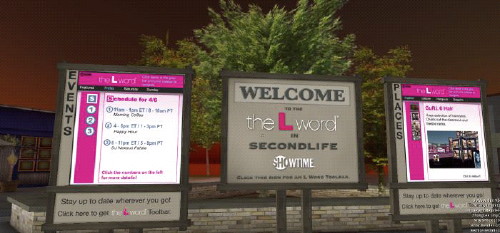
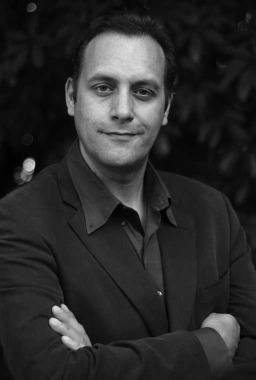
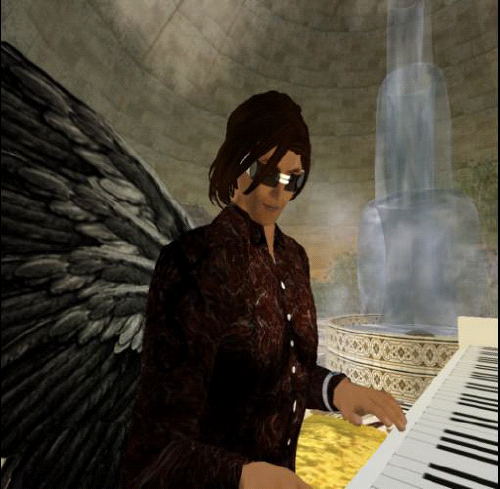
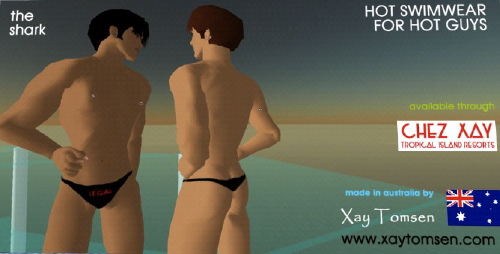
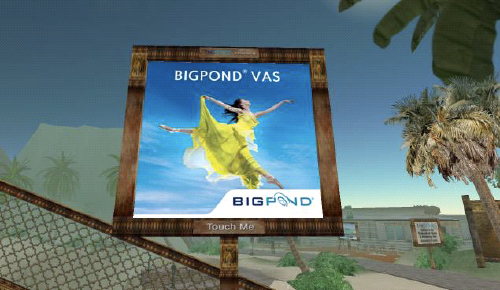
Recent Comments